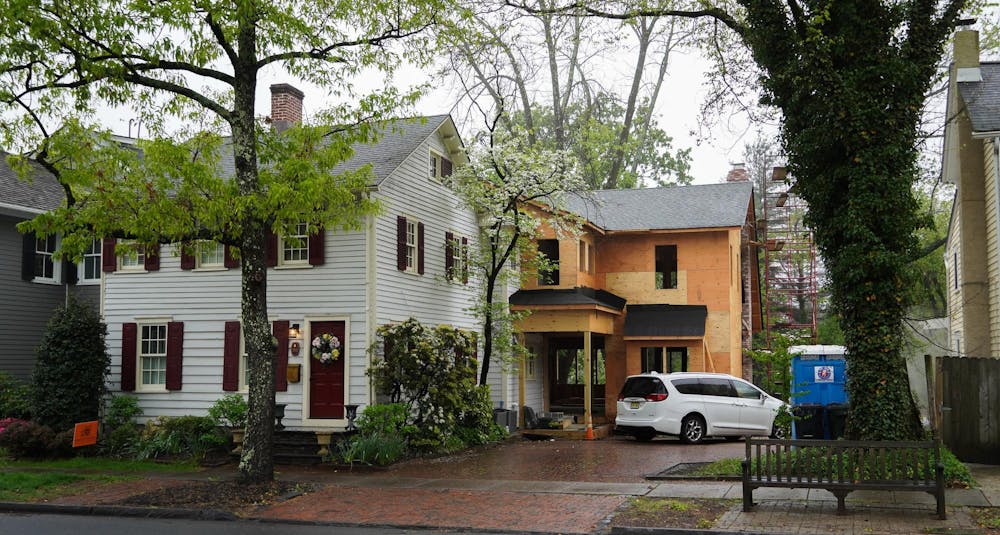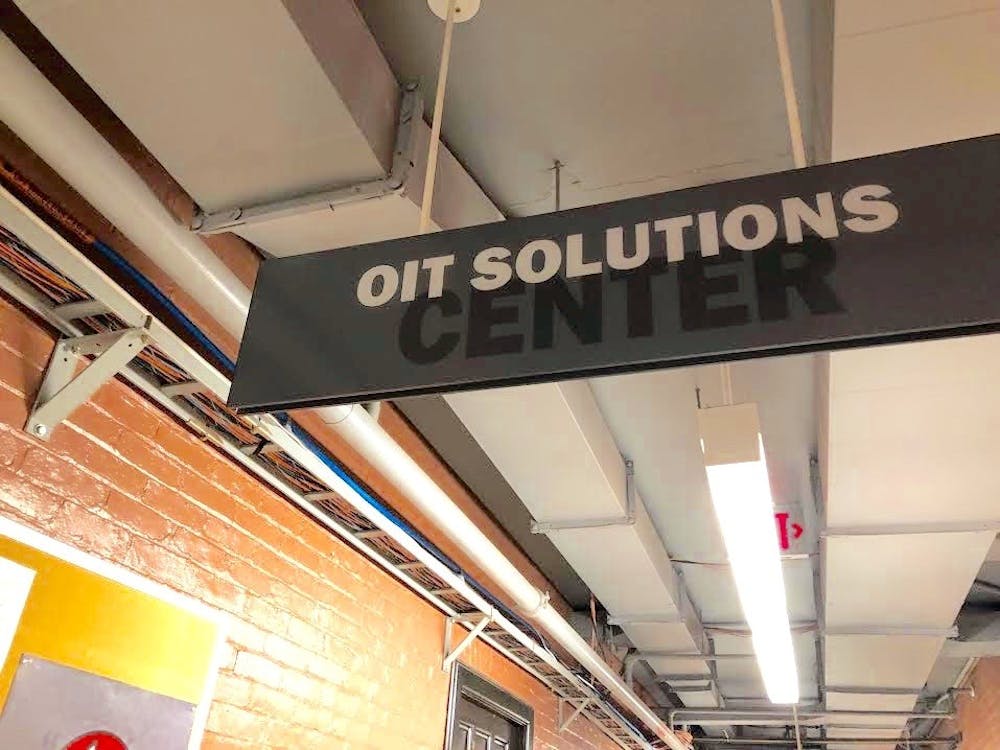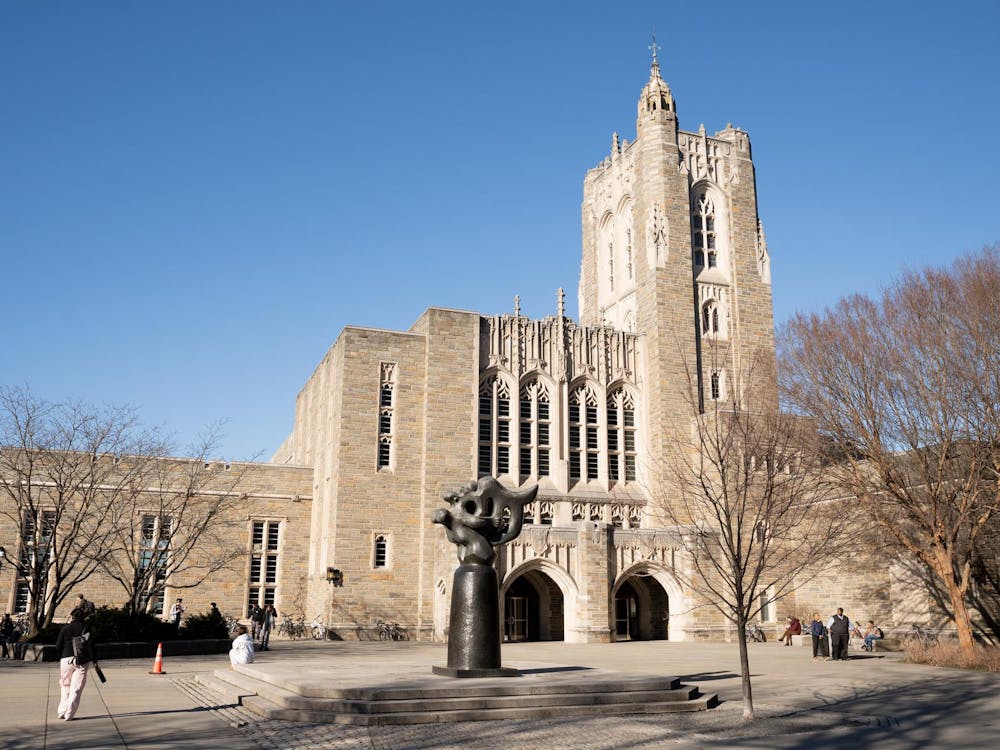Fall in Princeton: golden leaves, a brisk breeze on Nassau, and the Princeton Community Master Plan is once again under review. But this year is different: For the first time in twenty-seven years, and after consultation with over 7,000 residents, the municipality of Princeton has completely rescripted its Master Plan to address the current needs of the town.
Among other community priorities, housing regulations took precedence in the Plan’s drafting, leading to the proposal of many new construction projects for affordable housing. But in order to affirm the Planning Board-approved Master Plan and these new projects, Princeton's municipal government must now decide: prioritize affordable housing or prioritize “historical aesthetic”? Given the dire state of affordability in Princeton and the lack of any suggestions for how to accomplish both goals, it is time for Princeton to approve the development of affordable housing projects over the objections of community residents.
Affordable housing and economically integrated housing have long been thorny policy issues in New Jersey. In the 1975 case of South Burlington County NAACP v. Township of Mount Laurel, the New Jersey Supreme Court found that the township of Mount Laurel — just a 30-minute drive from Princeton — was intentionally excluding certain Black and Hispanic low-income residents through zoning ordinances. The 1985 passage of New Jersey’s Fair Housing Act led to the creation of an affordable housing council, but the council was rendered effectively defunct in 1999 due to political paralysis.
In 2018, after two decades of ineffective enforcement and little to no regulation, a Mercer County judge came to an impactful verdict; there was a substantial dearth of affordable housing for low-income residents in the Princeton and West Windsor area. Thus, Princeton would need to supply 753 subsidized housing units by 2025. Because of this order, the 2023 Master Plan has been described by many residents as not the beginning of the end, but merely ‘the end of the beginning’ of much work to come. Indeed, the town anticipates as many as 1,100 new subsidized housing units over the next couple of years — if the Master Plan receives final approval.
Unfortunately, in recent decades, there hasn’t been a lot of movement on affordable housing. The previous 1996 Master Plan was only officially adopted in 2013, and barely underwent three amendments following its drafting. But, that doesn’t mean Princeton isn’t capable of change. Since 1938, Princeton has advanced efforts for low-income housing through the Princeton Housing Authority; in the sixties, the town responded to the demand for increased housing opportunities by creating Princeton Community Housing, a local non-profit dedicated to purchasing and developing affordable properties; and in 2001, Princeton revised its Master Plan to officially establish affordable housing as one of the town’s major priorities. As of 1995, the town had erected 38 residential units, and as of 1996, 68 additional low-income age-restricted housing units were under construction in order to provide more lodging opportunities for senior citizens.
The original 1997 Master Plan established a goal of constructing 331 housing spaces. In accordance with this goal, the 2007 reexamination report estimates that the 2001 revision of the Master Plan resulted in the construction of 85 affordable housing units over the past six years.
So Princeton can build. It just hasn’t recently. This brings us back to the main roadblock. In the municipality’s own words, the struggle to find affordable housing sites is “the beginning of a series of increasingly difficult choices that Princeton must make between competing social goals” of either maintaining the historical preservation of its municipal landscape or supplying affordable housing for low-income residents.
To delve a bit deeper in the weeds, the biggest flashpoint among new construction proposals is the “AHO-2 sector,” a zone designed to promote affordable housing development, that is proposed directly behind the historic 344 Nassau Street property — part of the Jugtown Historical District. This affordable housing overlay, if built, would provide four units of subsidized housing. However, the Princeton Coalition of Responsible Development has voiced their opposition to the development on the grounds that 344 Nassau is a historic property of the 18th century and an alleged stop on the Underground Railroad. The Save Jugtown movement has raised concerns about lacking yard setbacks on Harrison Street and how the four-floor design and yard setback on Nassau Street are visually incompatible with the older surrounding buildings. In their opinion, the lack of a setback on Harrison may prove dangerous with the uptick in traffic created by new residents. They also allege that the fourth floor of the proposed 45-foot tall AHO-2 building would be tantamount to destroying the historic and cultural aesthetic of the Nassau estate.
The opposition is strong: As of this December, 1,204 people have signed an online petition for the ‘Save Jugtown’ campaign. A 2022 poll found that around 40 percent of residents believe that it is vital to maintain the current neighborhood aesthetic and communal character, even at the risk of delaying or downsizing affordable housing districts. But this contingent hasn’t outlined a clear alternative that would still comply with the legal and social necessity of adding affordable housing. Various proposals have been thrown around — including propositions for more two-three bedroom houses on land away from the town center or increasing the number of dwelling units in alternate zones — but these demands were rarely united and did not propose a single agreed-upon solution.
The criticisms are undermined by the lack of proposed alternatives. Additionally, in a virtual Planning Board meeting on November 9, several such criticisms were directly addressed by the Board members. In regards to the concerns regarding traffic increases in relation to the lacking setback on Harrison Street, the new affordable housing sites located within the town have been predicted to actually decrease traffic. Concerning the alarmist response that affordable housing will ‘open the floodgates’ to re-development, the Master Plan is merely a prescriptive proposal; naturally, any future zoning plans will be subject to extensive review and feedback.
Finally, although there is a compelling interest in preserving Princeton’s historical districts, the additional floor on AHO-2 and wide Nassau Street setback ultimately present no sufficient justification for the indefinite delay of housing construction. Given the increasingly pressing need and legal requirement for affordable housing within the municipality, if the Princeton Coalition of Responsible Development cannot reach a compelling and beneficial compromise on the development of the affordable housing overlays, then their criticisms do not it does not justify the delay in the construction within the town.
Ultimately, the ‘Save Jugtown’ campaign is undermined by its own lack of consensus. Although the opinions of all Princeton residents are valuable for community input, the severe lack of a concurring voice among the propositions threatens to delay development indefinitely. Given the social and legal significance of affordable housing construction within the Princeton area, unless the Princeton Coalition of Responsible Development can condense its demands for alteration, the development of AHO-2 must take precedence over any suggested revisions.

Wynne Conger is a freshman and prospective SPIA major from Bryn Mawr, Pennsylvania. She can be reached by email at wc2918@princeton.edu.








